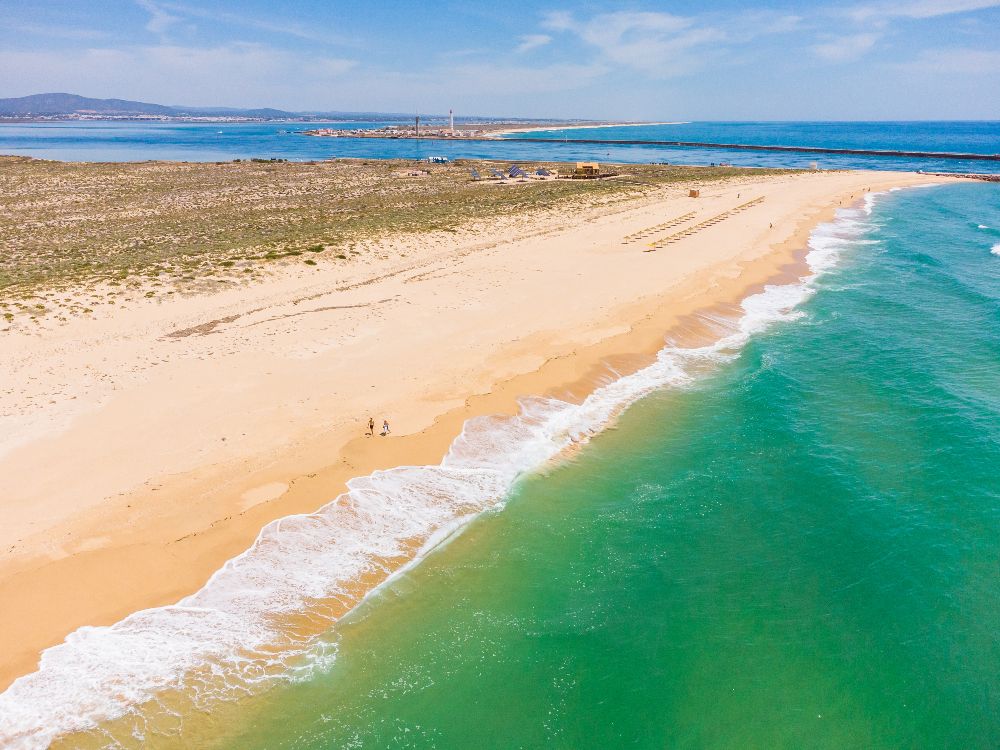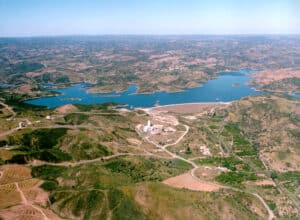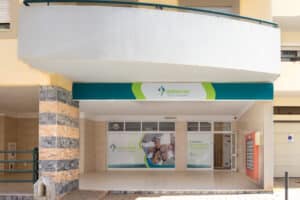Cause of the paralysis appears to be linked to toxins ingested through food or water
A syndrome causing paralysis is being blamed for the deaths of numerous seabirds on Deserta Island, in the Ria Formosa Natural Park, in the Algarve.
According to Maria Casero, clinical director of Olhão’s wildlife rehabilitation centre (RIAS), food poisoning is suspected to be the culprit, though the exact source has yet to be identified.
“What we found most often on Ilha Deserta, which was no surprise, were paralysed birds, which we call paretic syndrome,” said Maria Casero, stressing that this is a paralysing syndrome caused by “food poisoning that affects the two most common species of gulls, the yellow-legged gull and the dark-winged gull”.
The cause of the paralysis appears to be linked to toxins ingested through food or water, though Casero emphasised that the specific toxin has not been pinpointed. “The gulls are eating or drinking something somewhere that contains a toxin, but we haven’t yet identified the source,” she said.
RIAS, located in Olhão, is part of the Life Barrier Islands project, which is led by the Portuguese Society for the Study of Birds (SPEA). The initiative aims to rehabilitate seabirds and improve their chances of survival through enhanced facilities and recovery protocols, including the addition of specialised swimming pools for birds. Casero noted that seabirds tend to have lower recovery success rates compared to other bird species.
In addition to rehabilitation efforts, the project focuses on identifying threats to seabirds in the Ria Formosa region. Necropsies performed at RIAS help determine causes of death and provide critical data on the challenges seabirds face. Casero noted that the data collected is specific to Deserta and Culatra, two of the main barrier islands, where many of the affected birds are found.
Ilha Deserta, a remote and largely uninhabited island, poses particular challenges for the recovery team. Many birds arrive at RIAS already in a state of decomposition, making it difficult to determine the precise cause of death. However, Casero explained that the centre can rule out certain causes, such as injuries from wires or fractures, and identify birds affected by the paralysis syndrome.
The clinical director of the RIAS said that the data is available in the centre’s annual activity reports, which list all the species, but stressed that the RIAS has a much larger area of activity because “it receives animals from the south of the country” and that the data relating to the project focuses more on Deserta “because Culatra has far fewer animals” due to the reduced human presence.
For this reason, Maria Casero highlighted the importance of projects such as Life Barrier Islands, which allow RIAS to obtain funding for scientific studies. She said these resources are not easy to obtain and are often limited, as the centre’s priority is the recovery of the birds and animals it takes in.
Source: LUSA


























